#that's theft
Explore tagged Tumblr posts
Text
Good news, fellow artists! Nightshade has finally been released by the UChicago team! If you aren't aware of what Nightshade is, it's a tool that helps poison AI datasets so that the model "sees" something different from what an image actually depicts. It's the same team that released Glaze, which helps protect art against style mimicry (aka those finetuned models that try to rip off a specific artist). As they show in their paper, even a hundred poisoned concepts make a huge difference.
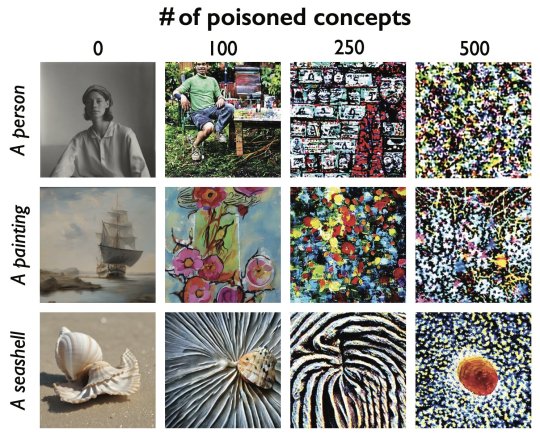



(Reminder that glazing your art is more important than nighshading it, as they mention in their tweets above, so when you're uploading your art, try to glaze it at the very least.)
#anti ai#anti ai art#nightshade#artists on tumblr#posting on tumblr for awareness!#fuck ai art#ai is theft
93K notes
·
View notes
Text

In case any of you here also use X/Twitter.
38K notes
·
View notes
Text

There are now over 15 million empty homes in the US, and 650,000 homeless per the very bias official numbers, or 23 houses per person
#There are now over 15 million empty homes in the US#and 650#000 homeless per the very bias official numbers#or 23 houses per person#homeless#poverty#housing#ausgov#politas#auspol#tasgov#taspol#australia#fuck neoliberals#neoliberal capitalism#anthony albanese#albanese government#earth#eat the rich#eat the fucking rich#rent is theft#rent is too damn high#landlords#landlords are parasites#landlords are scum#landlords are leeches#landlords are bastards#landlords are the worst#class war#oppression
28K notes
·
View notes
Text

If true we HAVE to make this the biggest flop in gaming history, as in 'destroys the company' levels of gaming flop as in a 'lesson must be taught' gaming flop, as in 'E.T. destroyed atari' gaming flop
#gta 6#grand theft auto#video games#I totally get like#a $10 price increase every decade or so to keep up with inflation#I don't like it but I get it#but effectively doubling the current price is insane#we can't let that be normalized
79K notes
·
View notes
Text
Shrinkflation
So, I found out a fun fact this last weekend!
Every state has a Department of Weights and Measures. One of their jobs is to make sure that companies are actually selling you the quantities they claim they're selling. For example, this is the department which tests gas pumps and makes sure they're really pumping out a gallon of gas when they charge you for a gallon of gas.
So....
If you happen to, just as an example, notice that your 1lb (16 ounce) box of San Giorgio spaghetti actually only has 10oz of noodles, and you weigh your other boxes of spaghetti to discover they run from 10 to 14 ounces but never the full pound they're supposed to have, and that's why you never seem to have enough pasta for leftovers the next day, then you can report that to the Department of Weights and Measures.
They will want to know where you bought the item, and then will investigate whether the store or the manufacturer is routinely shorting customers. If they do, they will issue a fine to the offending party, you will be eligible for a refund, and under some circumstances lawsuits may follow.
Now, I don't know the outcome of the complaint I just initiated, but they did not want to know specific receipts or times of purchase. Which is good for me as I didn't keep any of those things, at the time I just said "Wow, fuck San Giorgio" and switched brands. But this is still enough to get an inspector out.
34K notes
·
View notes
Text
but seriously i do find it so funny that ford was like OH GOD MY PRECIOUS REPUTATION after bill possessed him around other people for all of one night
and then he gets back to this dimension after thirty years and this is now the photo the press associates with his name

#we really didn't get to see nearly enough of ford's reaction to all this in the show#i want just several weeks on that boat to be stan continually going oh yeah also- about things he did in ford's name#like that list of crimes from stanchurian candidate where alex hirsch was like yeah i was up until 2am just coming up with dumb puns#but it's like great you are now on record for teaching a bear to drive. 1st degree thermometer theft. burglebezzlement#1st degree llamacide. snacks evasion. pug trafficking. impersonating a dentist. the list goes on#gravity falls#the book of bill#stanford pines#ford pines#stan pines#stanley pines
10K notes
·
View notes
Text
ATTENTION ARTISTS OF TUMBLR
since tumblr is going to start scraping blogs to train ai be sure to glaze and nightshade your art!! Not only will both of these programs protect your art from being copied but nightshade also poisons any ai that tries to steal it
here is some more info on these tools and where you can download them:
Nightshade: Protecting Copyright (uchicago.edu)
Nightshade: Downloads (uchicago.edu)
Glaze - What is Glaze (uchicago.edu)
Glaze - Downloads (uchicago.edu)
32K notes
·
View notes
Text

#threads#threads app#threads account#threads an instagram app#celebrity news#robin williams#zelda williams#ai#ai generated#aiartisnotart#ai is a plague#ai issues#ai is not art#ai is scary#ai is dangerous#ai is theft#ai is stupid#support human artists#disturbing#terrifying#unsettling#actors strike#sag afra strike#workers#workers rights#workers strike#support unions#voice actors#actors#actor
49K notes
·
View notes
Text
I was meeting a client at a famous museum’s lounge for lunch (fancy, I know) and had an hour to kill afterwards so I joined the first random docent tour I could find. The woman who took us around was a great-grandmother from the Bronx “back when that was nothing to brag about” and she was doing a talk on alternative mediums within art.
What I thought that meant: telling us about unique sculpture materials and paint mixtures.
What that actually meant: an 84yo woman gingerly holding a beautifully beaded and embroidered dress (apparently from Ukraine and at least 200 years old) and, with tears in her eyes, showing how each individual thread was spun by hand and weaved into place on a cottage floor loom, with bright blue silk embroidery thread and hand-blown beads intricately piercing the work of other labor for days upon days, as the labor of a dozen talented people came together to make something so beautiful for a village girl’s wedding day.
What it also meant: in 1948, a young girl lived in a cramped tenement-like third floor apartment in Manhattan, with a father who had just joined them after not having been allowed to escape through Poland with his pregnant wife nine years earlier. She sits in her father’s lap and watches with wide, quiet eyes as her mother’s deft hands fly across fabric with bright blue silk thread (echoing hands from over a century years earlier). Thread that her mother had salvaged from white embroidery scraps at the tailor’s shop where she worked and spent the last few days carefully dying in the kitchen sink and drying on the roof.
The dress is in the traditional Hungarian fashion and is folded across her mother’s lap: her mother doesn’t had a pattern, but she doesn’t need one to make her daughter’s dress for the fifth grade dance. The dress would end up differing significantly from the pure white, petticoated first communion dresses worn by her daughter’s majority-Catholic classmates, but the young girl would love it all the more for its uniqueness and bright blue thread.
And now, that same young girl (and maybe also the villager from 19th century Ukraine) stands in front of us, trying not to clutch the old fabric too hard as her voice shakes with the emotion of all the love and humanity that is poured into the labor of art. The village girl and the girl in the Bronx were very different people: different centuries, different religions, different ages, and different continents. But the love in the stitches and beads on their dresses was the same. And she tells us that when we look at the labor of art, we don’t just see the work to create that piece - we see the labor of our own creations and the creations of others for us, and the value in something so seemingly frivolous.
But, maybe more importantly, she says that we only admire this piece in a museum because it happened to survive the love of the wearer and those who owned it afterwards, but there have been quite literally billions of small, quiet works of art in billions of small, quiet homes all over the world, for millennia. That your grandmother’s quilt is used as a picnic blanket just as Van Gogh’s works hung in his poor friends’ hallways. That your father’s hand-painted model plane sets are displayed in your parents’ livingroom as Grecian vases are displayed in museums. That your older sister’s engineering drawings in a steady, fine-lined hand are akin to Da Vinci’s scribbles of flying machines.
I don’t think there’s any dramatic conclusions to be drawn from these thoughts - they’ve been echoed by thousands of other people across the centuries. However, if you ever feel bad for spending all of your time sewing, knitting, drawing, building lego sets, or whatever else - especially if you feel like you have to somehow monetize or show off your work online to justify your labor - please know that there’s an 84yo museum docent in the Bronx who would cry simply at the thought of you spending so much effort to quietly create something that’s beautiful to you.
#shut up e#long post#Saturday thoughts#this has been in my drafts for a week haha#also this is the heart of why AI art feels so wrong#forget the discussion of copyright and theft etc - even if models were only trained on public domain they would still feel very wrong#because they’re not art. art is the labor of creation#even commercial art and art commissioned by the popes and kings of history: there is humanity in the labor of it#unrelated: I did not know living in the Bronx was now something to brag about. How the fuck do y’all New Yorkers afford this city???
28K notes
·
View notes
Text
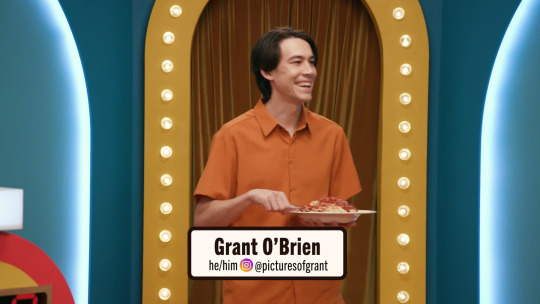

starting a collection
17K notes
·
View notes
Text
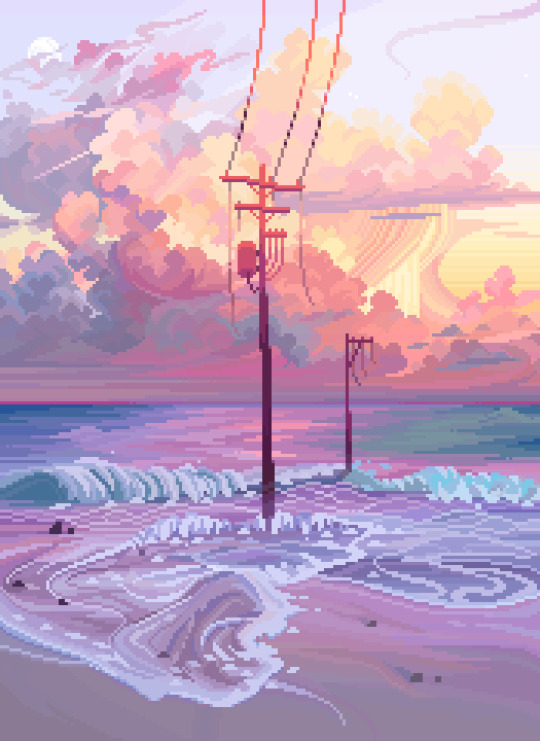




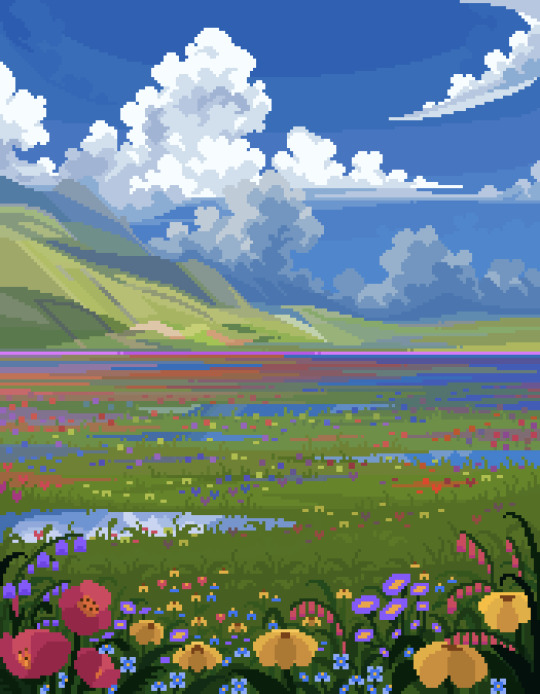
support human artists and stand against generative AI 🖤 buy a wallpaper or leave a tip / twitter / instagram / shop
#support human artists#pixel art#artist on tumblr#illustration#art#artwork#landscape#aesthetic#anti ai#ai is theft#pixelart
20K notes
·
View notes
Text
If you want to know why people have lost faith in capitalism, this might help
#capitalism#rent is theft#landlords are parasites#poverty#class war#fyi#psa#rent is too damn high#homeless#eat the rich#eat the fucking rich#classwar#anti capitalist#capitalist hell#capitalist dystopia#capitalist bullshit#ausgov#politas#auspol#tasgov#taspol#australia#neoliberal capitalism#fuck neoliberals#anthony albanese#albanese government#fuck the gop#fuck the police#fuck the supreme court#fuck the patriarchy
43K notes
·
View notes
Text

@staff
OUR CONTENT SHOULD BE OPTED OUT OF AI TRAINING BY DEFAULT!
#no to ai#create don't scrape#support human artists#opt out by default#no to ai generated images#ai is theft
21K notes
·
View notes
Text
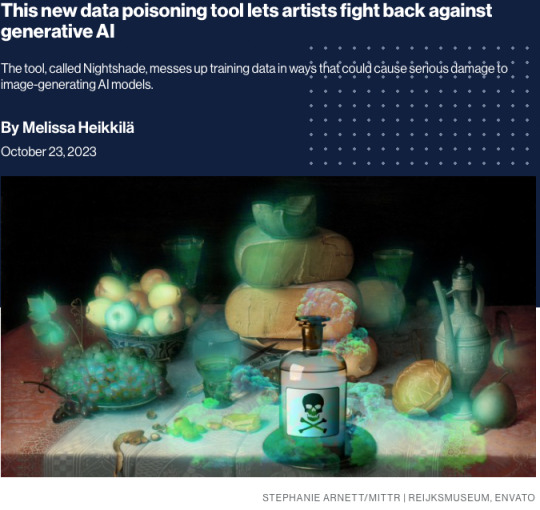
A new tool lets artists add invisible changes to the pixels in their art before they upload it online so that if it’s scraped into an AI training set, it can cause the resulting model to break in chaotic and unpredictable ways.
The tool, called Nightshade, is intended as a way to fight back against AI companies that use artists’ work to train their models without the creator’s permission. Using it to “poison” this training data could damage future iterations of image-generating AI models, such as DALL-E, Midjourney, and Stable Diffusion, by rendering some of their outputs useless��dogs become cats, cars become cows, and so forth. MIT Technology Review got an exclusive preview of the research, which has been submitted for peer review at computer security conference Usenix.
AI companies such as OpenAI, Meta, Google, and Stability AI are facing a slew of lawsuits from artists who claim that their copyrighted material and personal information was scraped without consent or compensation. Ben Zhao, a professor at the University of Chicago, who led the team that created Nightshade, says the hope is that it will help tip the power balance back from AI companies towards artists, by creating a powerful deterrent against disrespecting artists’ copyright and intellectual property. Meta, Google, Stability AI, and OpenAI did not respond to MIT Technology Review’s request for comment on how they might respond.
Zhao’s team also developed Glaze, a tool that allows artists to “mask” their own personal style to prevent it from being scraped by AI companies. It works in a similar way to Nightshade: by changing the pixels of images in subtle ways that are invisible to the human eye but manipulate machine-learning models to interpret the image as something different from what it actually shows.
Continue reading article here
#Ben Zhao and his team are absolute heroes#artificial intelligence#plagiarism software#more rambles#glaze#nightshade#ai theft#art theft#gleeful dancing
22K notes
·
View notes
Text
back to the drawing board (studying mml expressions)

8K notes
·
View notes